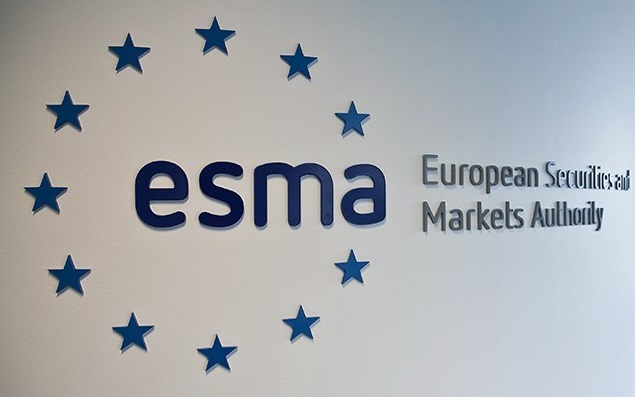
ESMA Consults on MiCA: Navigating Crypto Asset Regulation
The European Securities and Markets Authority (ESMA) is taking a significant step in shaping the regulatory landscape for crypto assets with the release of two consultation papers on Jan. 29, addressing reverse solicitation and the classification of crypto assets as financial instruments under the Markets in Crypto Assets Regulation (MiCA).
Reverse Solicitation Guidelines
ESMA’s first consultation focuses on reverse solicitation, a practice where potential customers approach a firm for crypto asset services. While MiCA allows third-country crypto asset firms to service EU clients through reverse solicitation, ESMA emphasizes that this exemption is narrow and must be regarded as the exception. The proposed guidelines clarify that third-country firms may not actively solicit clients in the EU unless the client initiates the service independently.
The guidelines draw parallels with the Markets in Financial Instruments Directive II (MiFID II), proposing measures to prevent undue incursions by non-EU entities into MiCA-compliant services. Practices such as online banner advertisements, sponsorships, influencer endorsements, and follow-up services by third-country crypto asset service providers are subject to these guidelines. Stakeholders have until April 24, 2024, to provide feedback.
Crypto Asset Classification Guidelines
ESMA’s second consultation paper addresses the classification of crypto assets as financial instruments. The goal is to establish clear conditions and criteria for qualifying crypto assets under MiCA, ensuring consistency across the EU and bridging the gap between MiCA and MiFID II.
The proposed guidelines aim to strike a balance between providing structured but flexible conditions and criteria for National Competent Authorities (NCAs) and market participants. The classification of a crypto asset as a financial instrument subjects it to MiFID II regulation rather than MiCA. The consultation period for feedback on these guidelines is until April 19, 2024.
MiCA’s Evolving Landscape
MiCA, which was approved by the European Parliament in October 2022, is a pioneering regulatory framework for crypto markets. ESMA’s ongoing efforts to provide guidelines reflect the complexity of defining financial instruments and regulating crypto assets within the EU. Unlike the United States, where the focus is on whether a crypto asset is a security, the EU grapples with categorizing crypto assets as financial instruments.
The absence of a common definition and shared criteria for financial instruments under MiFID II has led to challenges in adopting a holistic approach. ESMA acknowledges the need for a case-by-case exercise in determining whether a crypto asset qualifies as a financial instrument. The proposed guidelines aim to promote convergent practices while recognizing the diversity of crypto assets.
Implications for Crypto Firms Outside the EU
In a move to reinforce fair competition and protect EU-based investors, ESMA proposed tight limits on crypto firms from outside the EU. The proposed guidance emphasizes that third-country firms can only directly serve EU customers under specific conditions, primarily through reverse solicitation. The initiation of services by the client is crucial, and the exemption is considered narrowly framed.
ESMA and national regulators in the EU are committed to taking necessary measures to actively protect EU-based investors and MiCA-compliant crypto asset service providers from potential undue incursions by non-EU and non-MiCA-compliant entities. The proposals are open for public consultation until the end of April, with the final text expected by the end of 2024 at the latest.





